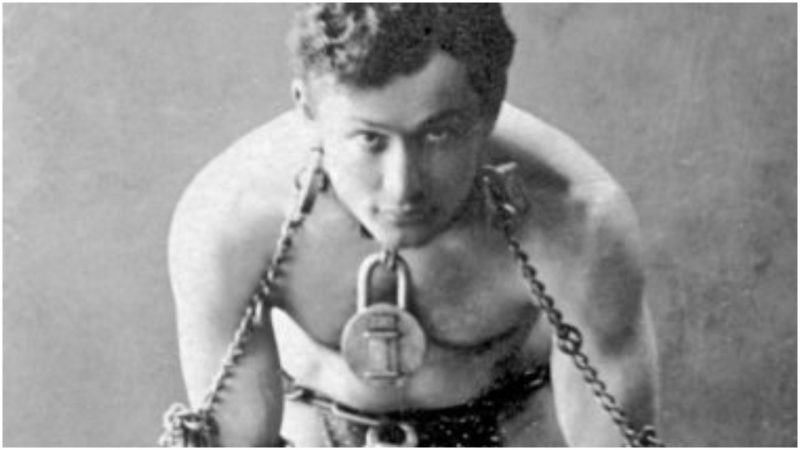Erik Weisz, universally known as The Great Harry Houdini, masterfully staged his escape from his mother’s womb on March 24, 1874, shouting in excitement: “Vualá!”.
Born in a small apartment in Budapest, Hungary, to a Jewish family, Houdini is one the most famous illusionists and stunt performers that ever lived. He is celebrated for his sensational escape acts that earned him the title “Harry Handcuffs Houdini”. As an illusionist, Houdini first attracted public attention while touring through Europe and performing as an exquisite escape artist, challenging police officers to detain him as overtures to his escapes.
Attached to his highly developed professional standards, he was always ready to expose fraudulent artists and quick to sue anyone who imitated his stunts. Later in life, he became President of the Society of American Magicians.
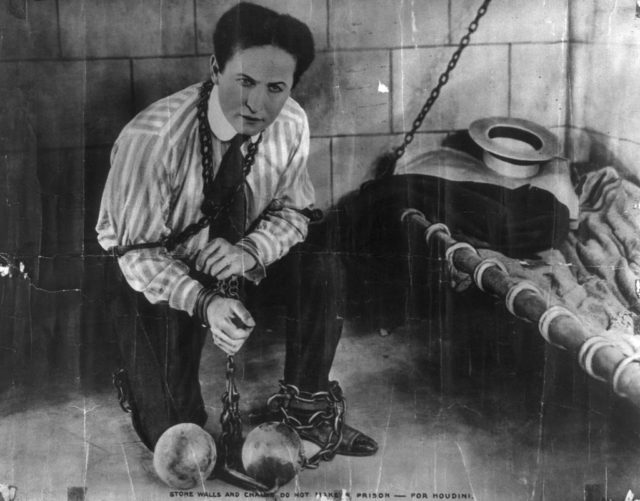
But it wasn’t always sweets and honey in his life. Houdini began his magic career at the age of 17, in 1891, but with little to no success. He found himself scraping by, in jobs that nobody else wanted, for many years at various infamous museums and shady circuses. But even in the times when the work was unsatisfying and disrespectful of his aspirations, his desire to study and master the world of magic kept growing.
Initially, he focused on traditional card tricks and was intent on mastering them and becoming the “King of Cards”. With a strong belief in fate, he was convinced that they would be his stepping stone. And as is turned out, they were. It was not long after that Houdini’s big break arrived.
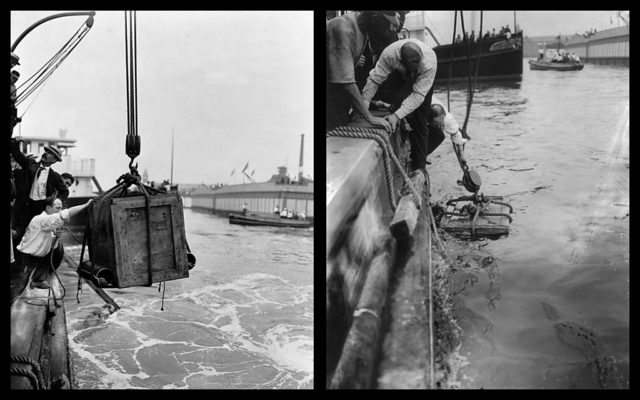
In 1899, while experimenting with escape acts, he was spotted by manager Martin Beck in St. Paul, Minnesota. Impressed by one of his handcuff acts, Martin went to meet him, encouraging him to concentrate solely on the escapology acts. Soon after that, the two came to an agreement, and he booked Houdini for the Orpheum vaudeville circuit. Within months, Houdini found himself performing for the elite, at the top vaudeville houses in the country.
His manager Beck booked him a tour in Europe in 1900 in order to try his luck there. First destination, London.
After one or two unsuccessful interviews in the city, his British agent, Harry Day, arranged an interview with C. Dundas Slater, who at the time was managing the Alhambra Theatre.
He introduced Houdini to the chief of the British Secret Service Bureau, William Melville, delivering to him one stunning demonstration of escape from Scotland Yard, while handcuffed.
He baffled them so much, that he ended up with a six months contract for the Alhambra. His shows were an instant hit, and Houdini immediately got a raise up to an unbelievable $300 a week.
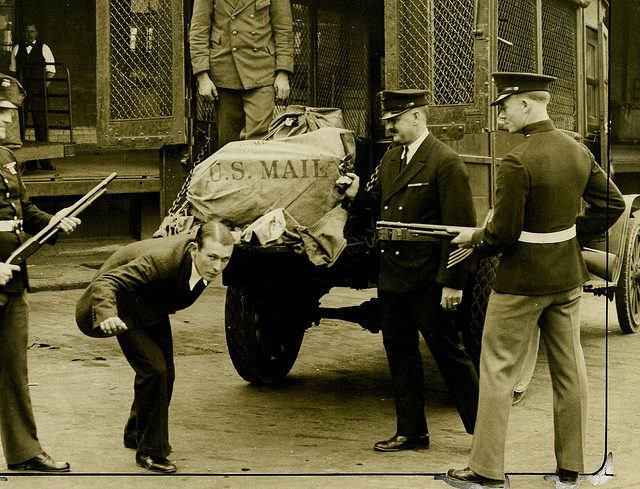
Soon, many people from around the world were eager to see his shows, so he started performing in many other nations including Scotland, the Netherlands, Germany, France, and Russia.
In every country and each city in which he performed, Houdini challenged the local police to search him, stripped nude at first, restrain him afterward with shackles, and lock him up in their jails. Every single time, he miraculously managed to escape, thus becoming widely recognized as the “The Handcuff King.”
Throughout the 1910s, he was huge, successfully performing in the United States and around the globe, escaping from jails, chains, ropes, handcuffs, and straitjackets. All that while hanging from a rope in front of street audiences. The possibility of his failure and death thrilled them.
One time, while he was performing in Moscow, Houdini staged an escape from a Siberian prison transport van, claiming that, if he failed to free himself, he would have to travel to Siberia, where the only key was being kept. And when he visited Germany, after one of his performances in Cologne he sued Werner Graff, the police officer who was part of the act, who made an accusation against him, suggesting that the magician makes his escapes through bribery. Houdini won the case easily. He just opened the judge’s safe at the hearing, although later in life confessed that the safe was already unlocked.
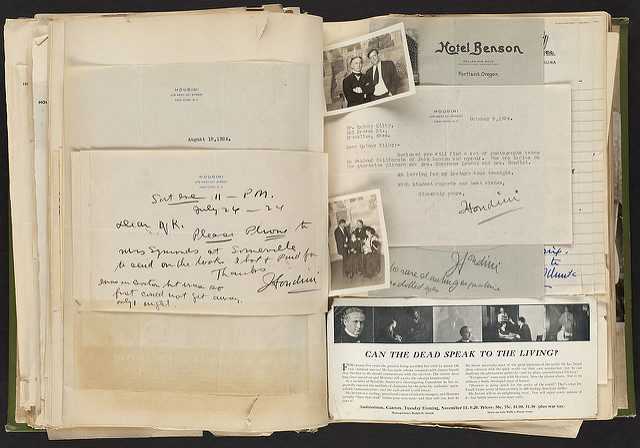
Many others illusionists, inspired by his acts and by his fame began to copy his acts, so Houdini stopped doing his famous “handcuff act” on January 25, 1908. Rising to the challenge, he began to escape from locked, water-filled milk cans.
During his illustrious career, Houdini revealed some of his tricks in the many books he wrote for the magic brotherhood. For example, In “Handcuff Secrets” (1909), he revealed how some locks and handcuffs could be opened by force if applied properly, while others could be opened with shoestrings. On some occasions, he admitted that he’d been carrying concealed lockpicks.
